The real clash isn’t on the cricket pitch. It’s inside student chat groups, between anxious parents, floating through every coaching classroom echoing the same question year after year: “Allen or Aakash—which is better?” There’s no formula that works for everyone. What matters is choosing the place where you’ll actually wake up excited (okay, “less grumpy” counts) to study, the place shaping thousands of NEET and JEE dreams year after year. But is one really better than the other, or does it all come down to personal fit? Let’s get under the hood.
What Makes Allen and Aakash So Popular?
If you mention “medical coaching” or “engineering prep” anywhere in India, two names pop up before you can even finish your sentence: Allen and Aakash. These aren’t just brands—they’re old rivals, each with a die-hard fanbase. It’s not by accident; both have been in the game for decades. Allen started back in Kota in 1988, growing from a single classroom to over 40 cities. Aakash began in Delhi in 1988 too, and now covers over 285 exam centers across India. The numbers alone tell you something. By 2025, Allen boasts more than 2.5 lakh enrolled students, while Aakash claims over 3 lakh. That’s almost the size of a small city.
So, what hooks students to these giants? Let’s start with results. Allen’s NEET 2024 topper, Air 1, was from their classroom program—a fact students love sharing in WhatsApp groups. Meanwhile, Aakash produced more than 14,000 NEET 2024 qualifiers, and multiple students in the top 50 AIR. Both have similar bragging rights when you move to IIT JEE numbers: Allen’s JEE 2023 saw 6 students in the Top 20 All India Ranks; Aakash had 4 in the top 100 in the same year. You don’t see those numbers everywhere.
Their infrastructure is another crowd-puller. Walk into an Allen center in Kota, and you’ll find air-conditioned lecture halls, e-libraries, and breakout zones, but with strict phone rules. Aakash classes feel a bit more formal, with digital boards, lecture capture for instant replays, and regular “doubt clinics.” Both use recorded lectures now, so you actually can replay that one mind-bending math trick three times at 2 am, if you want. And yes, both are pouring resources into their digital platforms. In 2023, Allen Digital went live with daily interactive quizzes and “ask an expert anytime” features. Aakash iTutor app, on the other hand, offers recorded lectures from actual star teachers, and was downloaded nearly 1.8 million times in 2024 alone.
You can’t ignore reach. Not every serious aspirant can move to Kota or Delhi. Here’s where these giants outpace everyone else: they have full-fledged centers in Tier-2 and Tier-3 cities—from Ranchi to Nagpur, Vadodara to Guwahati. As of June 2025, Aakash crosses 300 branches, Allen is at 46 but covers more zones through online and hybrid classes. If you’re worried about not getting a “main branch” feel outside a metro city, the faculty’s rotation system helps. Top teachers often travel or hold digital Q&A sessions across branches, so you’re not stuck with the ‘B-team’ in smaller cities anymore.
If you’ve ever watched a coaching promo video, you know how much both brands love to showcase “rankers.” But here’s a pro tip: Ask about the number of classroom vs. distance program toppers, retention rates, how many give up midway—and ask both Allen and Aakash. This data tells you way more than those confetti-filled testimonials.
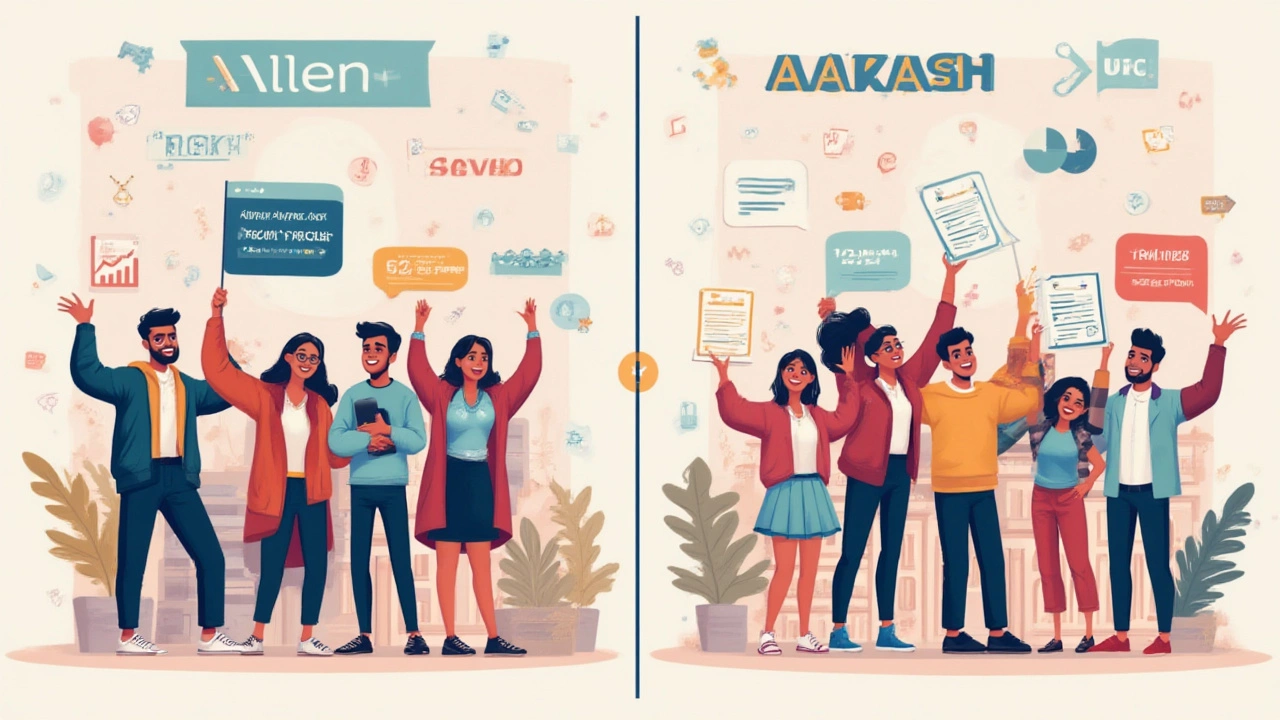
Teaching Methods, Batch Life, and Results: Break Down the Details
Allen and Aakash aren’t clones. Their teaching vibes, class culture, assessment style—these small differences change daily life more than you think. So, how do they compare?
| Factor | Allen | Aakash |
|---|---|---|
| Batch Strength | 60-100, tighter control in Topper's Batch | 50-80, slightly more personalized |
| Faculty Background | Kota “legends”, IIT/AIIMS alumni, regular faculty rotations | Mix of IITians, retired professors, strict internal training |
| Course Structure | Year-long & 2-year PCM/PCB programs; regular “topic tests”; 90 mins per lecture | Integrated 1/2/4-year programs; test after every chapter; 60-90 min lectures |
| Assessment Style | Weekly grand tests, month-end All India Tests, performance reports for parents | Fortnightly tests, online progress dashboards, live online test series |
| Revision System | Separate revision modules, crash courses pre-exam, rapid-fire weekend quizzes | Step-up modules, “Aakash Final Test Series” (AFTS), targeted improvement notes |
| Doubt Solving | Dedicated 'doubt removal' counters, after-class sessions, WhatsApp groups with faculty | Formal “Doubt Clinic” hours, online query tool, 24/7 WhatsApp helplines |
| Language Medium | Mostly English/Hindi (bilingual), local languages in select branches | English, Hindi, plus select South Indian languages in metro branches |
| Student Support | Mental wellness talks, motivational sessions with toppers, crisis counseling | Parent-teacher meetings, psychological counseling, “motivation days” at each milestone |
Want another insider tip that matters even more than test scores? Batch culture. In Allen, things can feel competitive, even cut-throat—expect lecture halls packed with 90 other hopefuls, where the pace is brisk. Some love the adrenaline, others get burnt out quick. Allen’s system is designed so fast learners find peers, but slow-and-steady types might feel lost at sea after a few missed lectures. It’s not uncommon to hear about “back-benchers” getting left behind if they don’t ask for help early.
Aakash, on the other hand, keeps batch sizes slightly smaller, at least in most cities. The atmosphere’s a bit calmer—faculty typically repeat tricky concepts, and their doubt-clearing system lets you book an individual slot. You might not get late-night doubts solved instantly, but fewer students say they feel “invisible.” There’s also a long-standing belief that Aakash does a better job prepping average or below-average students. Their “Aakash Institute for Foundation” programs are built for those who need a longer runway.
About teaching style: Allen is notorious (in both good and bad ways) for tough, sometimes unpredictable assessments, meant to mimic the pressure of the real JEE or NEET exam. Some teachers drop in surprise quizzes—messy but effective, if you’re the sort who hates getting too comfortable. At Aakash, assessments are more predictable but high-frequency, so you won’t go long without getting graded, but shocks are rare. A study in 2023 from Education Times reported higher student satisfaction in Aakash’s routine-tracking tests, but Allen students claimed longer-term retention post revision-mode.
When it comes to tech: By 2025, both have gone all-in on digital, blending online learning even for classroom students. Allen’s live quizzes and digital worksheet uploads let parents see progress every day. Aakash’s iTutor platform streams real teachers—not animations—and lets you ask doubts during the lecture. If you travel or get sick, you won’t miss class anymore.
Results are what bring the parents around. Both institutes publish hundreds of toppers. Just last year, Allen Kota produced 13 students in the top 10 NEET 2024. Aakash’s “Super 40” program had all of its students qualify NEET, with 11 scoring above 700 marks. But both brands also enroll massive numbers—so, toppers as a percentage of total students might not be as eye-popping as the ads suggest. Always check the ratio, not just the absolute number.
What about life after class hours? Allen and Aakash alike offer mental health support, but Allen’s Kota HQ has a new “Student Wellness Center” as of late 2023, where counselors run group therapy and stress workshops. Aakash centers focus more on group motivation, holding district-wide seminars, but regular one-on-one counsel is still more rare compared to Allen’s system.

Fees, Scholarships, and Which Institute Fits You Best
Many families find that deciding factor is neither the teacher’s background nor the building with more glass doors—it’s the price tag. So, let’s get brutally honest about what parents and students pay. For NEET and JEE Main+Advanced, Allen’s classroom fees in Kota for 2024-25 ranged from ₹1,36,000 to ₹1,72,000 per year, with extra charges for hostel and study material. Aakash classroom fees are mostly similar—₹1,31,000 to ₹1,77,000 for their flagship one-year programs—though discounts vary more between regions. Hostel costs tend to be slightly less in Aakash’s own facilities, but local rates always differ.
Both institutes push scholarship tests as the “entry gate” for financial aid. Allen’s ASAT (Allen Scholarship Admission Test) runs every couple of months and hands out up to 90% tuition waivers for top scorers. The top 1% walk away paying almost nothing, but most students get smaller waivers (10-40%). Aakash’s ANTHE is famous across India for similar awards. Over 35,000 students got scholarships from Aakash after the 2024 ANTHE alone, with full tuition waivers for super-high performers and additional hostel discounts. If you fall just short in these tests, both brands also dangle “loyalty” discounts for early enrollments and “refer a friend” bonuses—ask up front before paying the first installment. Pro tip: Bring last year’s report cards and medical certificates, some branches consider local scholarships for economically weaker sections or special circumstances, but you have to ask.
One of the least-glamorous, most-important facts about both Allen and Aakash: You don’t get a refund after starting sessions, except for rare exceptions (serious medical/life issues, with proof). So, visit every branch you consider. Chat with former students—don’t just believe glossy testimonials. Sit in for a few demo classes if possible; both institutes allow “free class week” for serious parents. You’ll get a sense of how teachers handle real, fidgety, sleepy teens, not the perfect batch you see on YouTube.
Not all programs are created equal. Both Allen and Aakash run “Topper’s Batch” (aka the super-elite, high-pressure groups where most toppers emerge) and “Regular Batch.” It’s tough to land the Topper’s group unless your entrance exam score is sky-high, so if you’re an average performer, focus on classroom consistency and doubt-solving rather than just chasing the label.
Something surprisingly overlooked: Small regional branches of both brands might have different strengths. Allen Ranchi is legendary for NEET, while Allen Kota rules for IIT. Aakash Chennai outperforms in JEE and Olympiads, while Aakash Hyderabad is neck-deep in NEET toppers. Do your research before picking a “random” center based only on travel convenience.
- Talk to at least two current students per branch.
- Visit during actual class—not just counseling hours.
- Try to meet the teachers, not just counselors selling packages.
- Ask what happens if you get sick or need extra help—are extra classes free?
- Check the success data for your exact program (NEET dropper? IIT 2-year? Check last year’s results for that track, not generic NEET/JEE stats).
If you’re deciding between the two and still confused, fit your personality into the picture. Love competition, can handle pressure, and don’t mind fast-paced lectures? Allen is built for you. Prefer predictability, one-on-one attention, and a gentler teaching style? Aakash probably feels more comfortable. The most important thing? Once you choose, don’t keep second-guessing. Your hard work and how you use resources—not just the brand name—make the biggest difference.
The Allen vs Aakash debate isn’t about one being universally “better”—it’s about which place makes you want to keep going when you hit a wall. Whichever road you take, focus on the right environment, strong support, the best teachers you can access, and a batch that doesn’t drown your doubts. The winner? Honestly, it’s going to be the student who treats any coaching as a launchpad, not a magic fix.
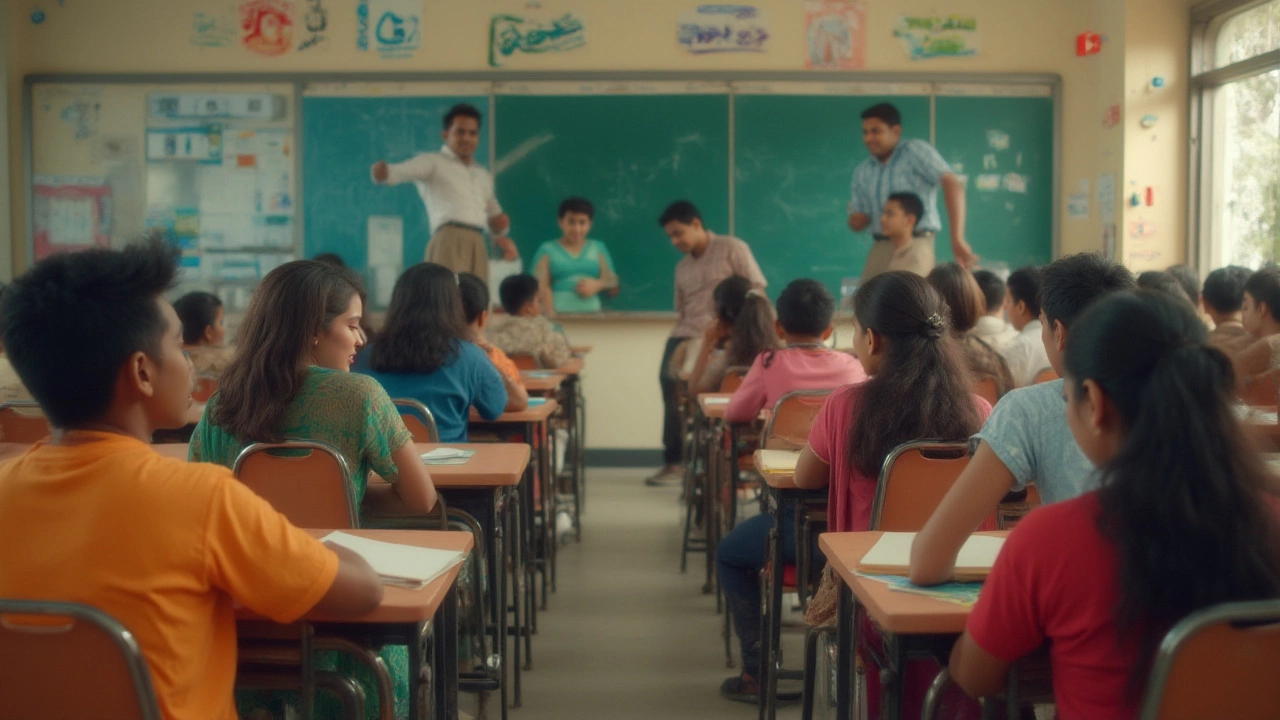

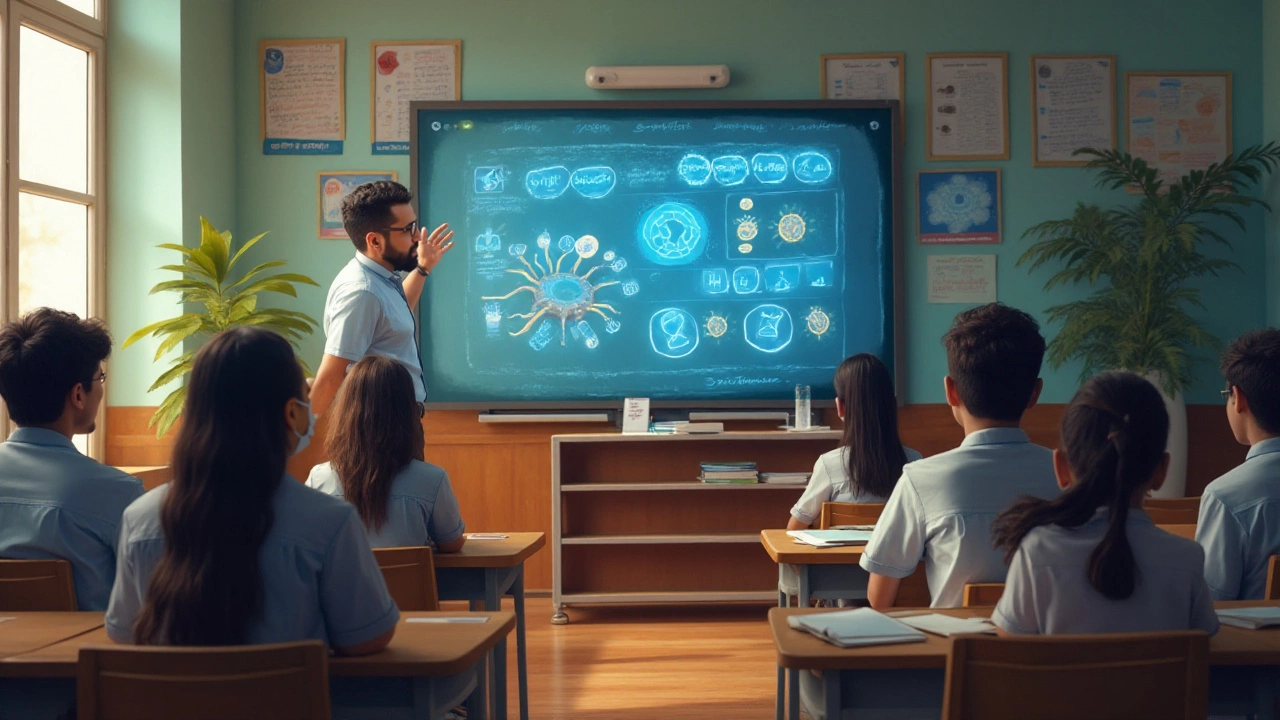
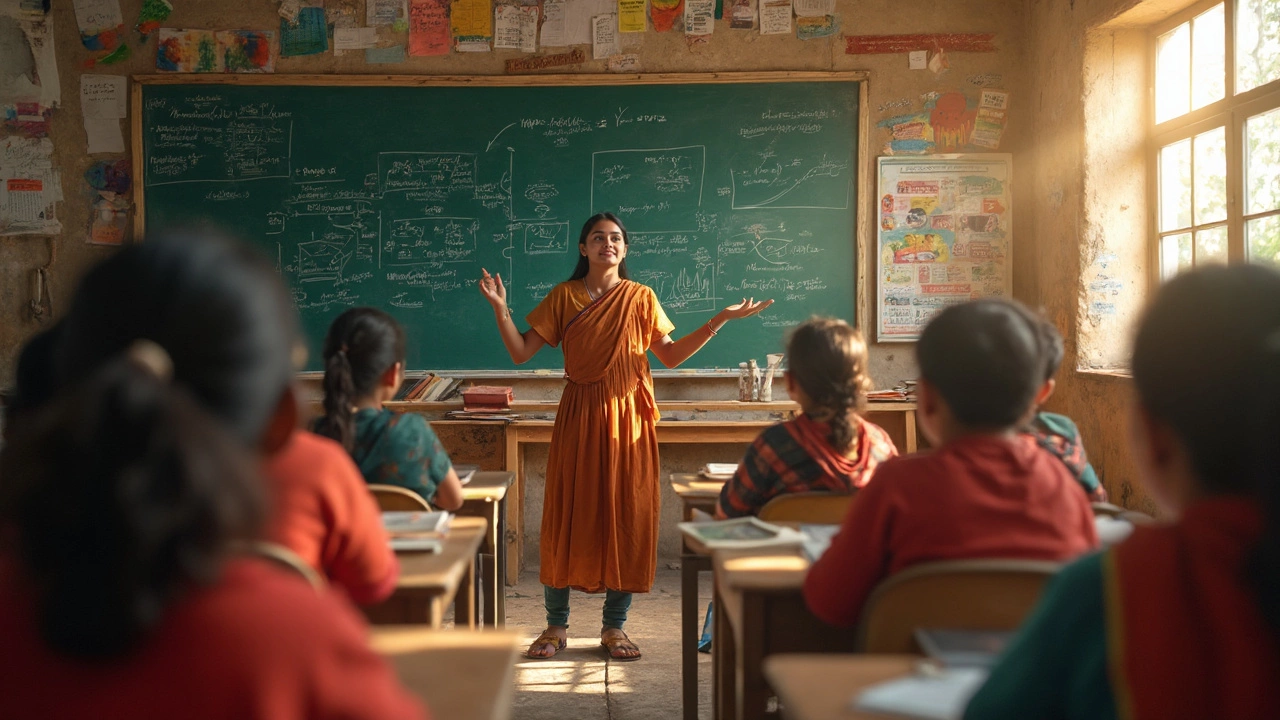
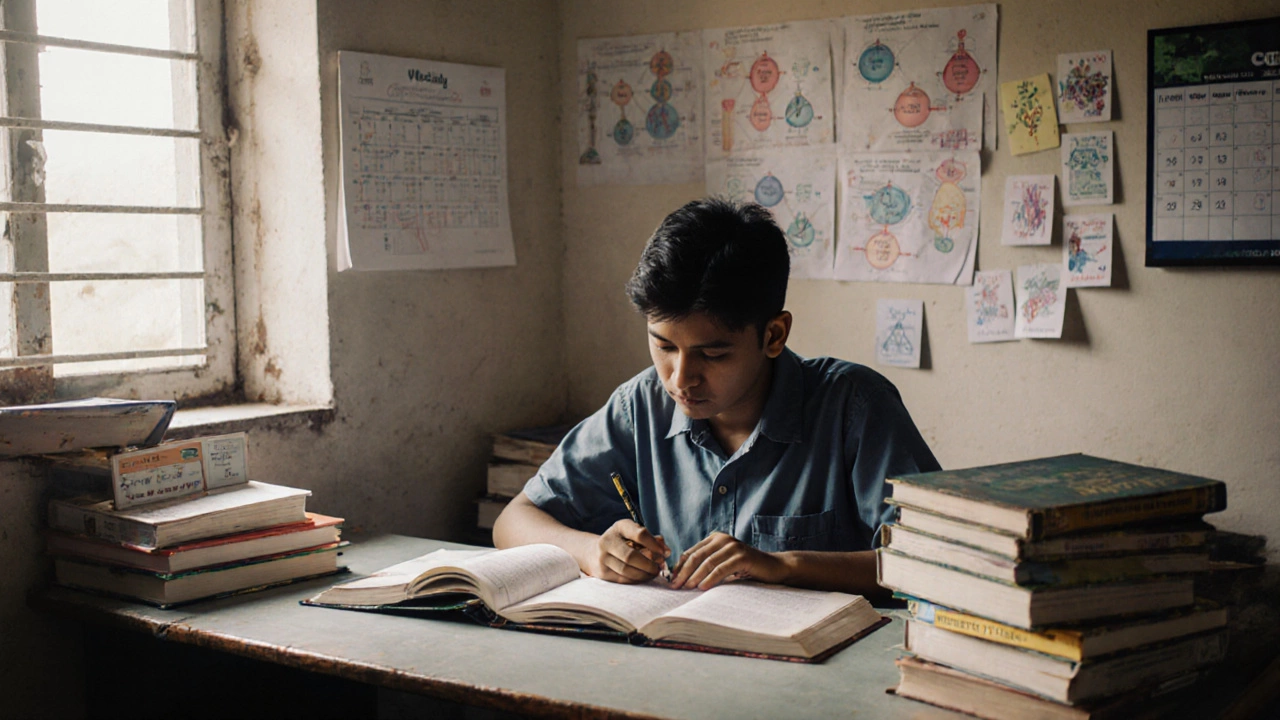
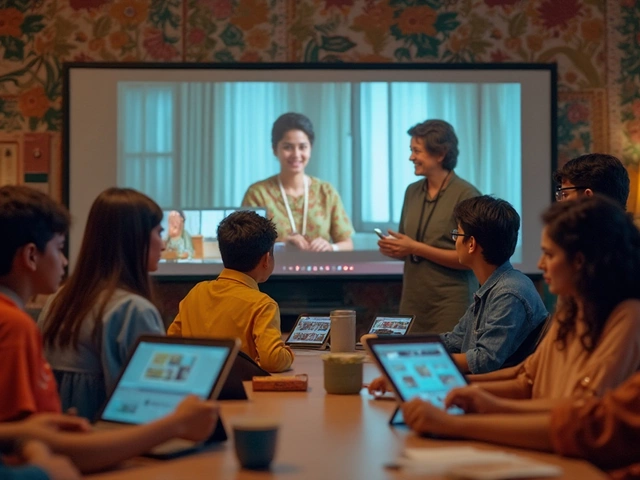

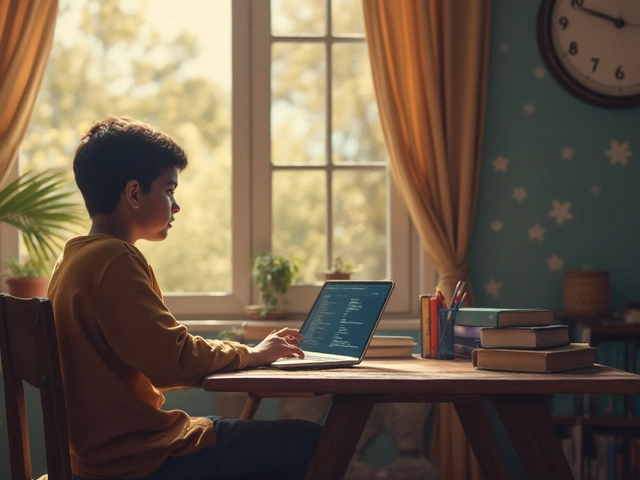


0 Comments